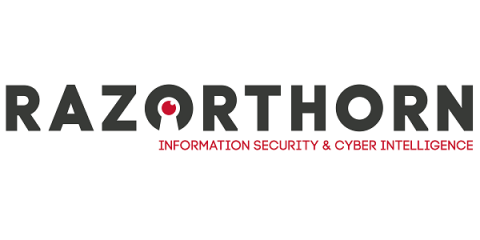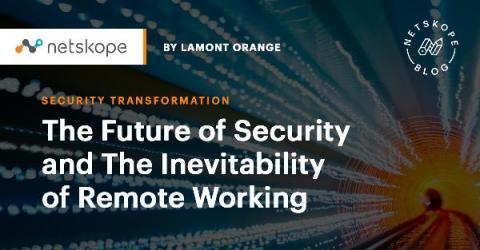Biometrics: Improving Security for Working from Home
Biometrics has been around for a long time but has only had limited adoption until recently. I was involved in some of the early commercial biometric devices way back in 2000; the company I was working for at the time investigated the possibility of using them, but back then the false positive rates on the devices we investigated were way too high – either people could not authenticate or it was authenticating the wrong people.






